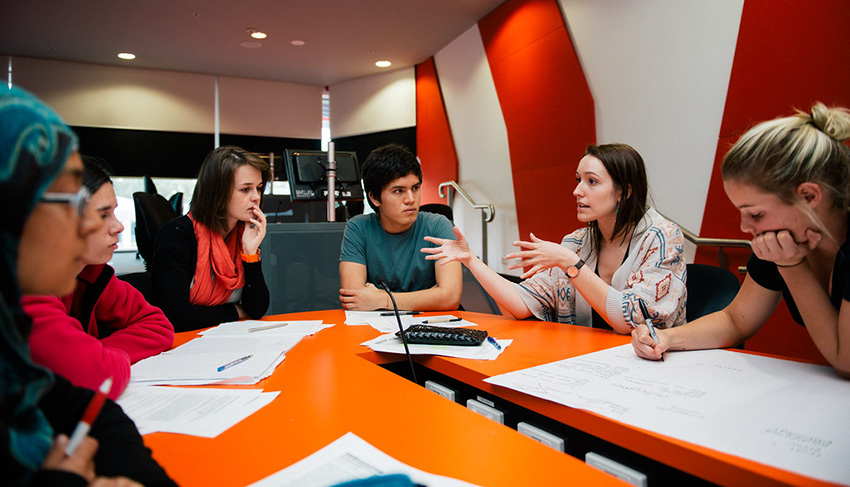“…rich dialogue centred on the assignment requirements is often overlooked… This occurs despite the fact that there is now substantial research that such dialogues can lead to significant improvements in the quality of the assignments that students produce” (Nicol 2010)
The recent Student Experience Survey results caused me to reflect on the factors that most impact learner engagement: a standout, for me, is the foundational role of feedback.
The most effective feedback supports the development of students’ ability to make evaluative judgements about the quality of their own work: this is the feedback endgame.
In a seminal and highly cited piece of work (over 5,500 citations), Nicol and Macfarlane-Dick (2006) consolidate research on formative assessment and feedback to identify seven principles of good feedback practice, aligned with some simple implementation strategies. These principles are summarised below, along with example strategies a fuller account with many more strategies can be found here: Strategies for effective feedback. In your course, focussing on just two or three of these in any single iteration can be an effective means of enhancing the student experience and learner engagement.
Good feedback practice…
- Helps clarify what good performance is
- use ‘exemplars of performance’ to make explicit what is required and define a valid standard against which students can compare their work
- Facilitates the development of self-assessment (reflection) in learning
- students identify the strengths and weaknesses in their own work in relation to criteria or standards before handing it in for teacher feedback
- Delivers high quality information to students about their learning
- provide corrective advice, not just information on strengths/weaknesses
- Encourages teacher and peer dialogue around learning
- students find 1-2 examples of feedback comments that they found useful and explain how they helped
- Encourages positive motivational beliefs and self-esteem
- allocate time for students to rewrite selected pieces of work—this helps change students’ expectations about purpose and learning goals
- Provides opportunities to close the gap between current and desired performance
- students in groups identify their own action plans in class after they have read the feedback on their assignments: this integrates feedback into the teaching and learning process, and involves the students more actively in the generation and planned use of feedback
- Provides information to teachers that can be used to help shape the teaching
- have students identify where they are having difficulties when they hand in assessed work.
If you would like further support with these or other feedback strategies, want to see some concrete examples of these strategies in action, or need help choosing appropriate digital tools to support your feedback strategies, please contact us at eddesign@anu.edu.au to talk with one of our expert Educational Designers. See also our Course Design Help services. See also ‘Building a Virtuous Loop of Feedback in your course“.
April 2021
Dr Joseph Hughes is Manager, Educational Design at the ANU Centre for Learning and Teaching.

